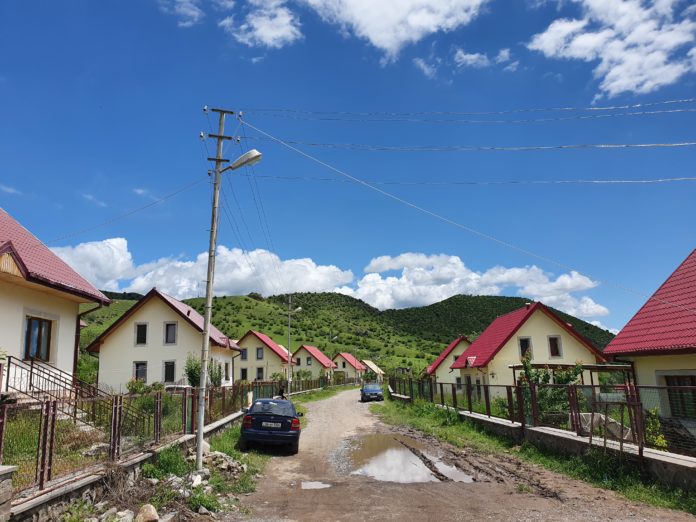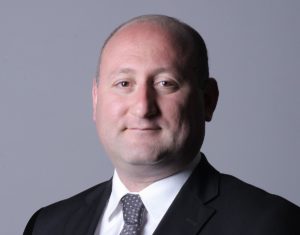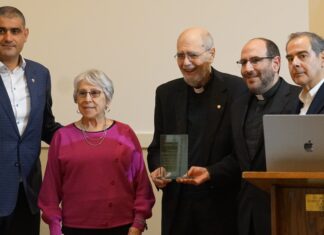PM Nikol Pashinyan’s recent statements around the Lachin corridor, particularly about the handover of Aghavno and Berdzor, have triggered an emotional outburst in Armenian society.
AGHAVNO, Artsakh — In the south of Artsakh Republic, within the Lachin corridor, now controlled by the Russian peacekeeping forces, lies a village with red-roofed buildings built along parallel streets. That is Aghavno, nestled along the scenic Aghavno river, the first village that welcomes visitors to Artsakh with its vibrant colors and nature. And even more attractive than the houses are the people, strong and determined, who refused to leave the village throughout the last two years, though only two kilometers distant from the enemies’ troops.
After the 44-Day War in 2020, the authorities of Artsakh and the Russian peacekeepers there demanded that the villagers leave. As the residents resisted, the village remained Armenian, becoming a silver lining for a stronger future. However, the situation now grows tenser by leaps and bounds. On June 27, Armenian Prime Minister Pashinyan announced that the territories outside of the former Nagorno-Karabakh Autonomous Oblast would pass to Azerbaijan, which technically implies a deportation of people from Aghavno and Berdzor.
Azerbaijan is now constructing a new road to connect Artsakh with Armenia, which can be seen from the village. During the past few months, there have been rumors that the corridor and Aghavno will ultimately be handed over to Azerbaijan, even as Armenians still live there. Aghavno’s mayor, Andranik Chavushyan, said that they have no intention of leaving their homes regardless of any political agreements. Only a few of them returned when the vestiges of war were still present, but ultimately 185 people of 270 arrived back.

Anna Tadevosyan, a 42-year-old housewife, settled in Aghavno in 1993. “Though some people were broke after the 2020 war and even carried their belongings out of the village, they still returned. It’s our home and land, and we will stay loyal to it,” she recalled.
During the 44-Day War, Tadevosyan baked bread in Stepanakert to serve the Armenian soldiers on the frontline. As bombs were going off in the capital city every day, she was the one to inspire hope in others with her strength and endurance.












